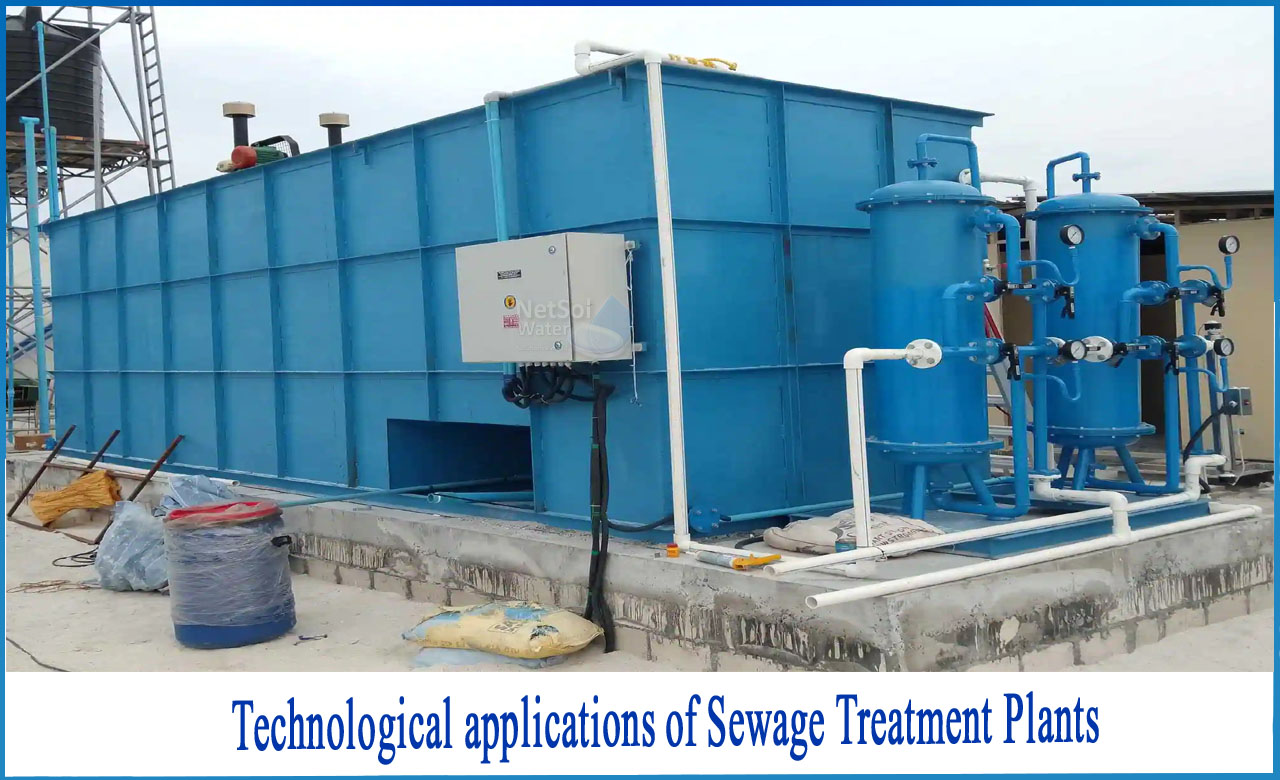Introduction
Water is essential in the contemporary industrial process. It is necessary to convert raw materials such as metals, wood, and polymers into basic manufacturing supplies. Once these resources arrive at production facilities, water is utilized to clean, mix, and turn them into the things we use every day.
How is wastewater created?
When water is subjected to various pollutants throughout the manufacturing process, it creates wastewater, which is one of the most significant by-products of the manufacturing industry. That water must be thoroughly treated before it can be released into natural reservoirs or repurposed for other purposes.
Why is wastewater treatment necessary?
More and more businesses are choosing to treat wastewater on-site and recycle it back into the industrial process in order to substantially reduce costs and drive sustainability.To do this, they use multi-step wastewater treatment systems to remove toxic bacteria, chemicals, and organic and inorganic components from the water.
To neutralize and remove contaminants from water, technology such as reverse osmosis systems, ultrafiltration systems, vacuum evaporators and filters, paper bed filters, solid bowl centrifuges, and tramp oil separators are utilized. Although these systems save millions of rupees in wastewater disposal, transportation, and water source expenses, they must be carefully monitored and maintained in order to perform correctly.
What are the Technological applications of STP?
Sewage treatment technologies and equipment’s are now widely utilized by people and have become vital tools in daily life. So, let's have a look at the technical uses of sewage treatment equipment’s:
1. The foundation pit must be graded according to the size of the sewage treatment equipment. The grading size is determined by the soil conditions and the thickness of the covering soil above the product's top. The grading angle ranges from 30° to 50°.
2. The depth and height of the water intake and outlet should be linked to the sewage pipeline. Landslides, and a work site for hoisting residential sewage treatment equipment should also be prepared.
3. When the residential sewage treatment equipment comes into contact with groundwater, it should be evacuated first, and the basic treatment should be carried out in accordance with the size and requirements specified in the design.
4. When there is no groundwater in the household sewage treatment equipment, the river water treatment will tamp the foundation, distribute sand, and carry out the foundation treatment in accordance with the requirements.
5. For residential sewage treatment equipment, it may be used to enhance precipitation.
6: The modified filter material of sewage treatment equipment’s coats the surface of the filter material with a modifier through a chemical reaction, changing the physical and chemical properties of the original filter material's surface, thereby improving the retention and adsorption capacity of the filter material and the effluent quality. Filtration is a popular solid-liquid separation process in the world of sewage treatment equipment.
What do we have to offer?
Netsol Water is a renowned producer of water and wastewater treatment plants. Based on client feedback and job quality, we are the most demanding organization in the water industry. We have a reputation for being the top commercial RO plant manufacturer, industrial RO plant manufacturer, sewage treatment plant manufacturer, effluent treatment plant manufacturer, and much more. Aside from that, our USP is 24x7 customer assistance.




